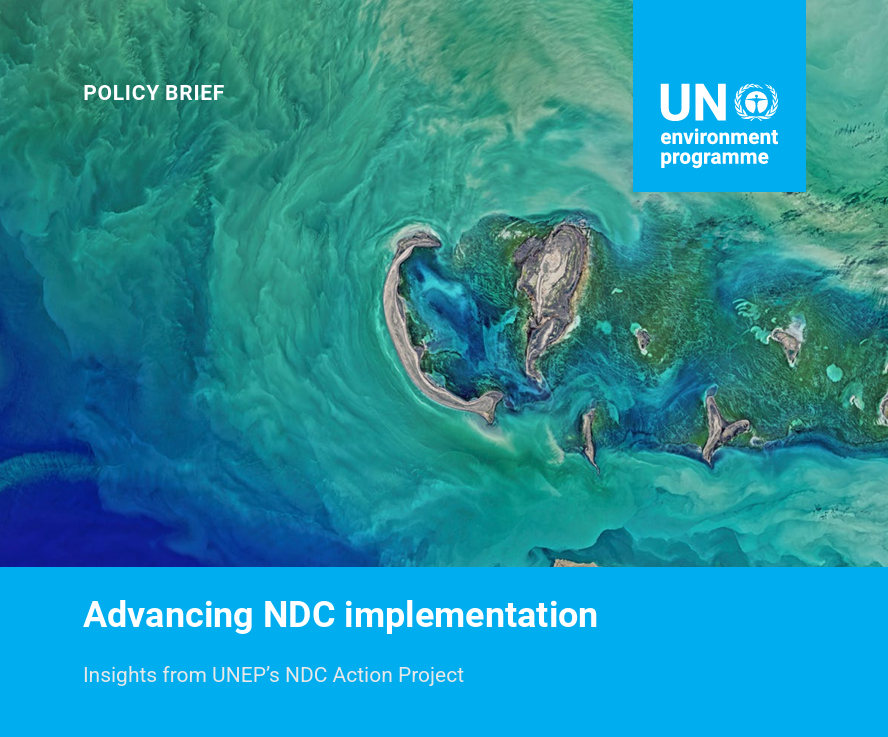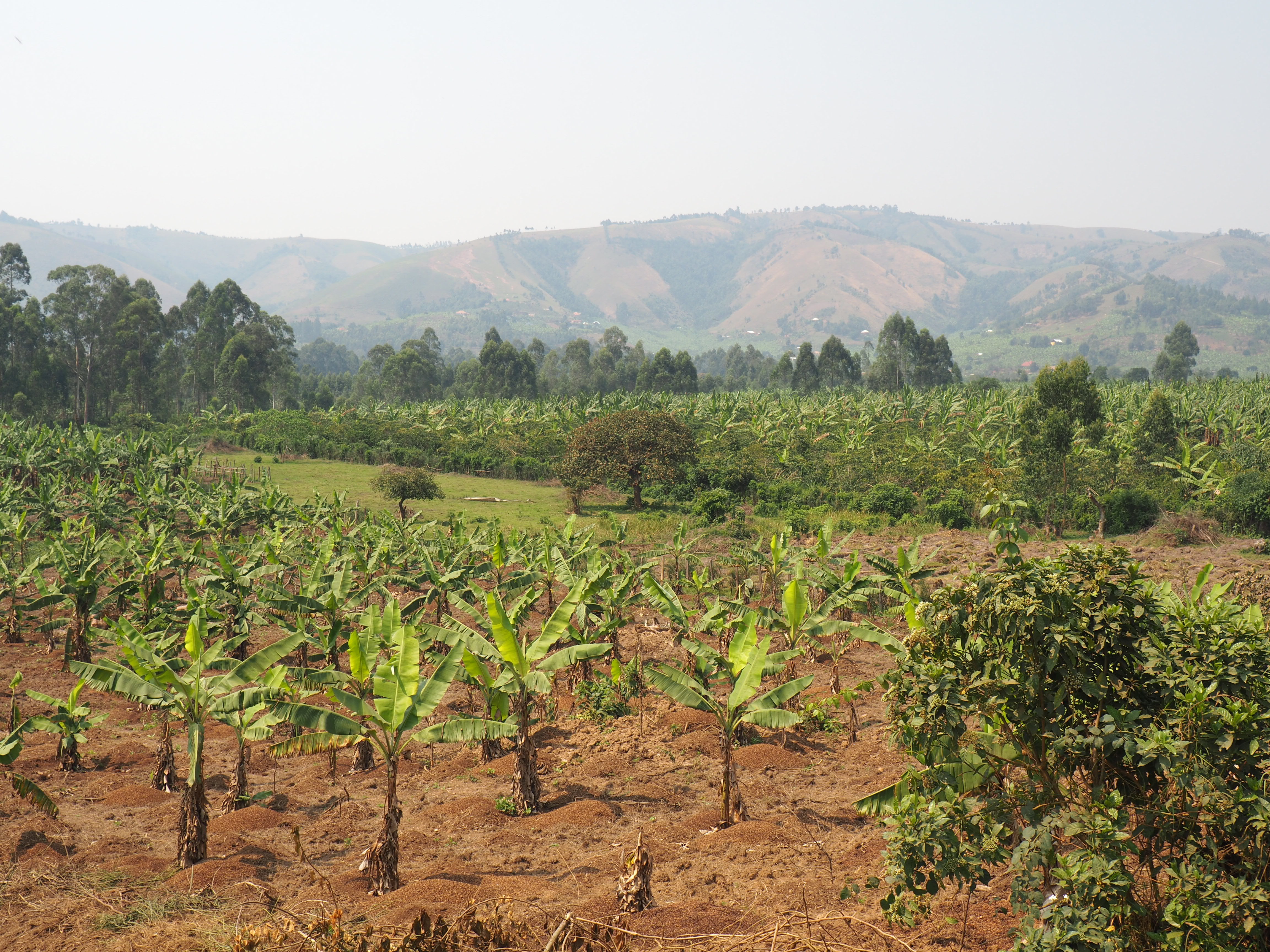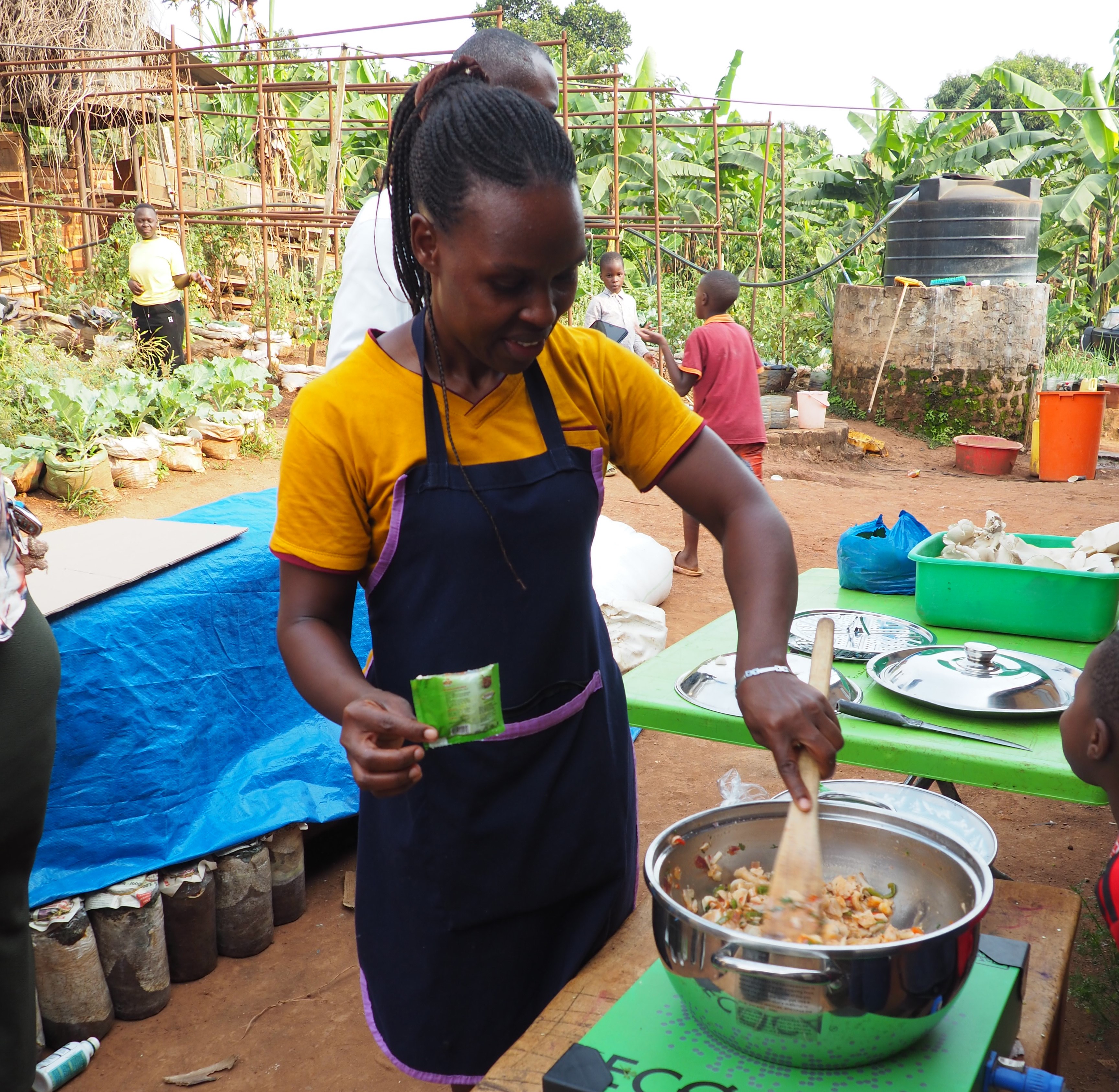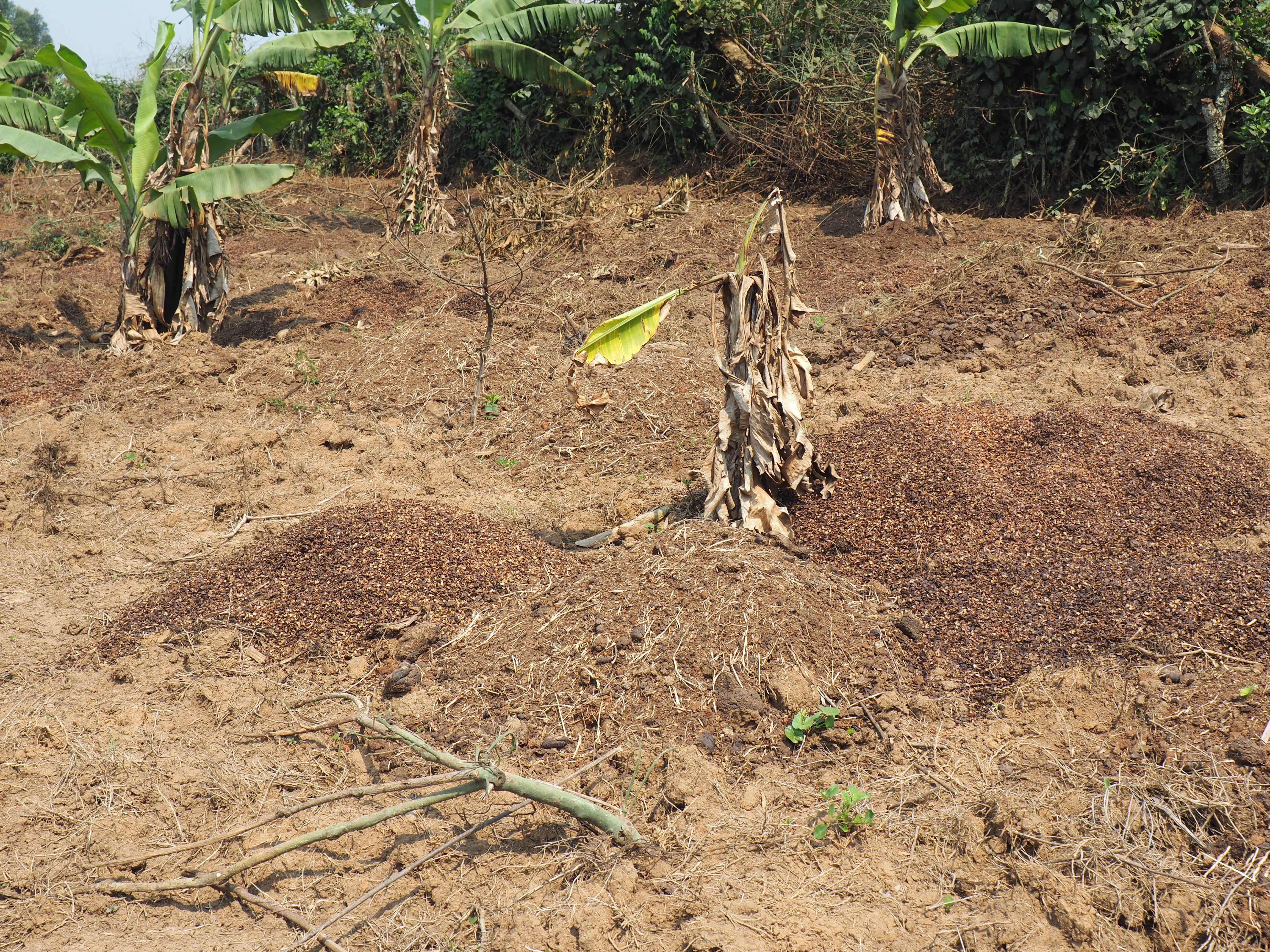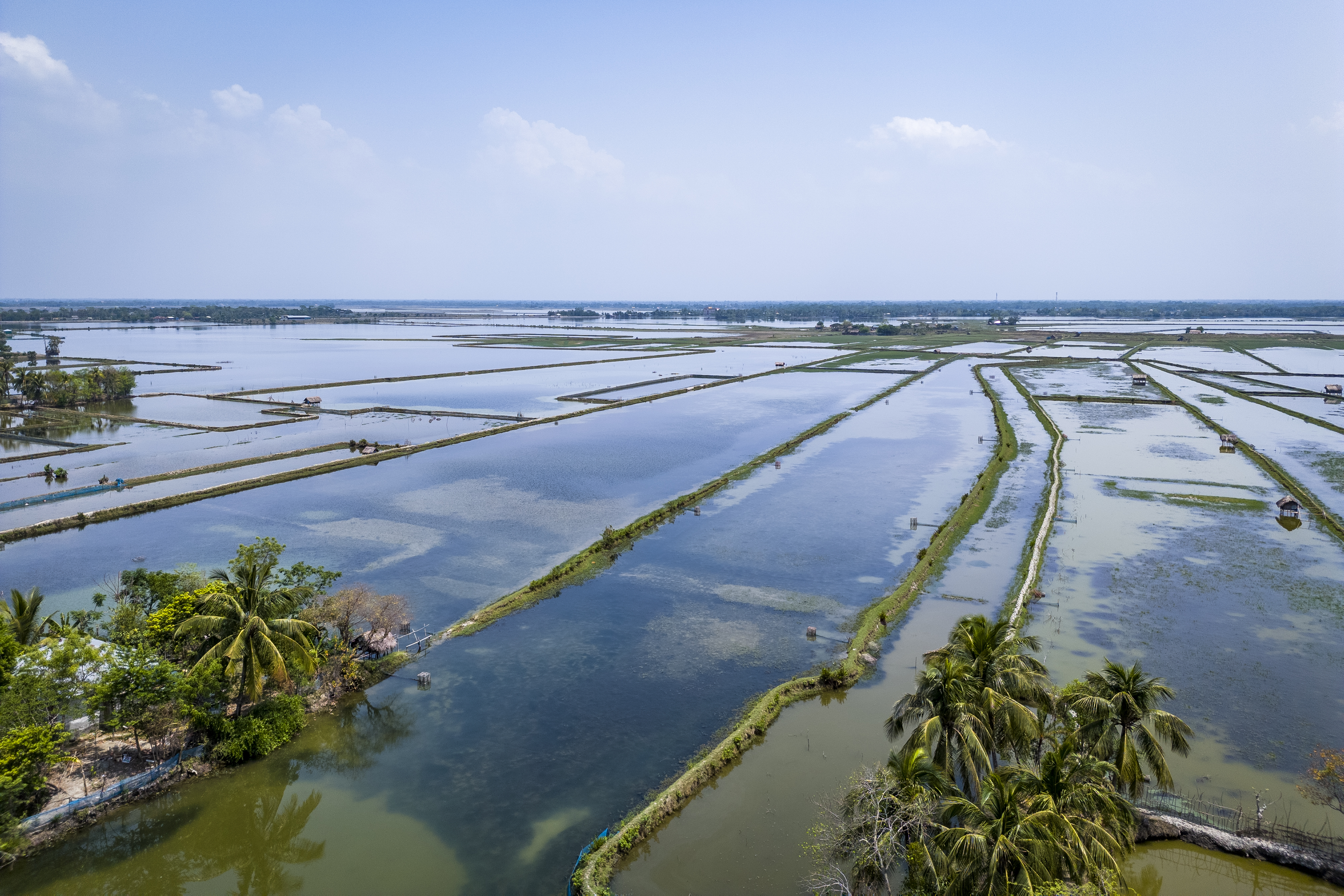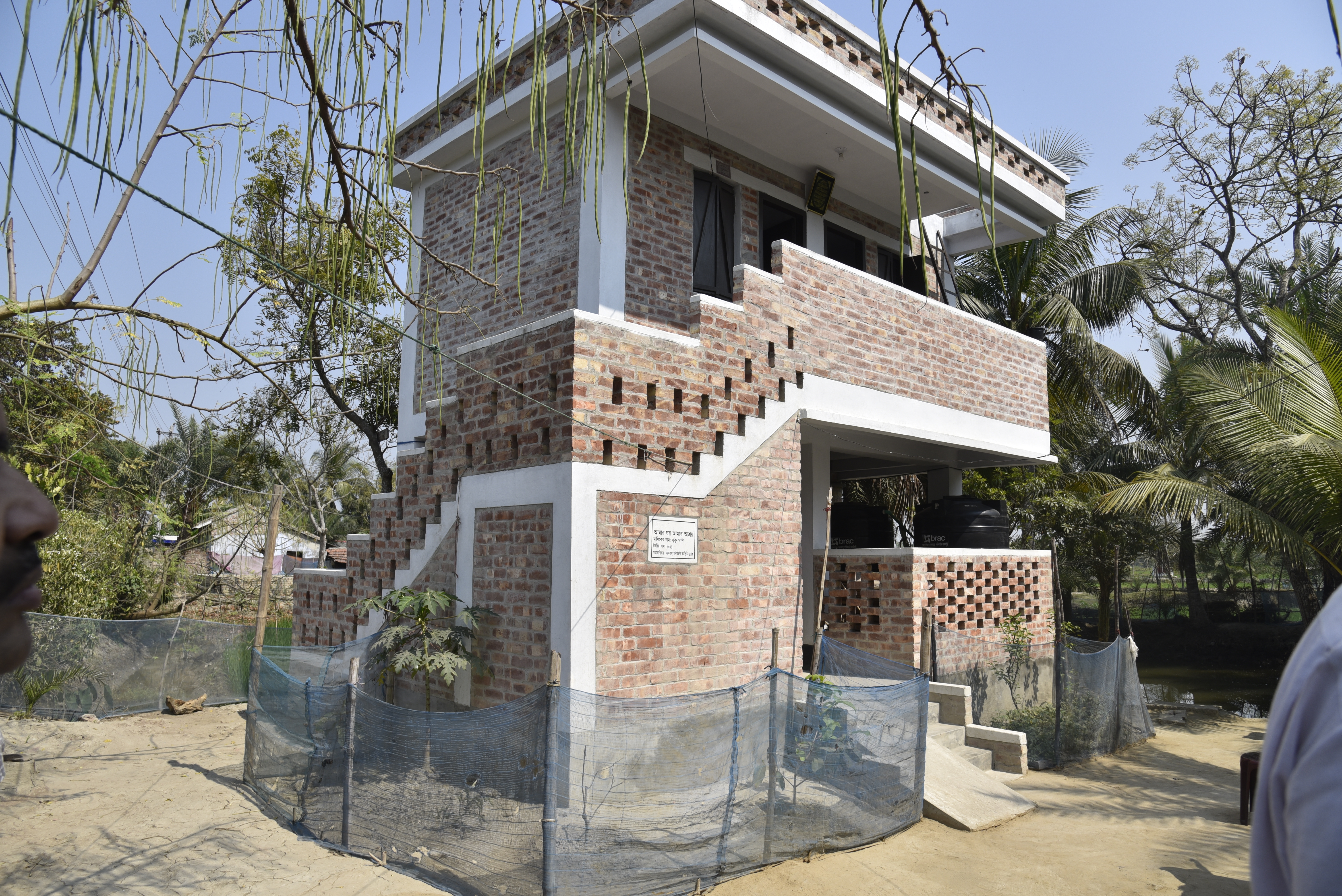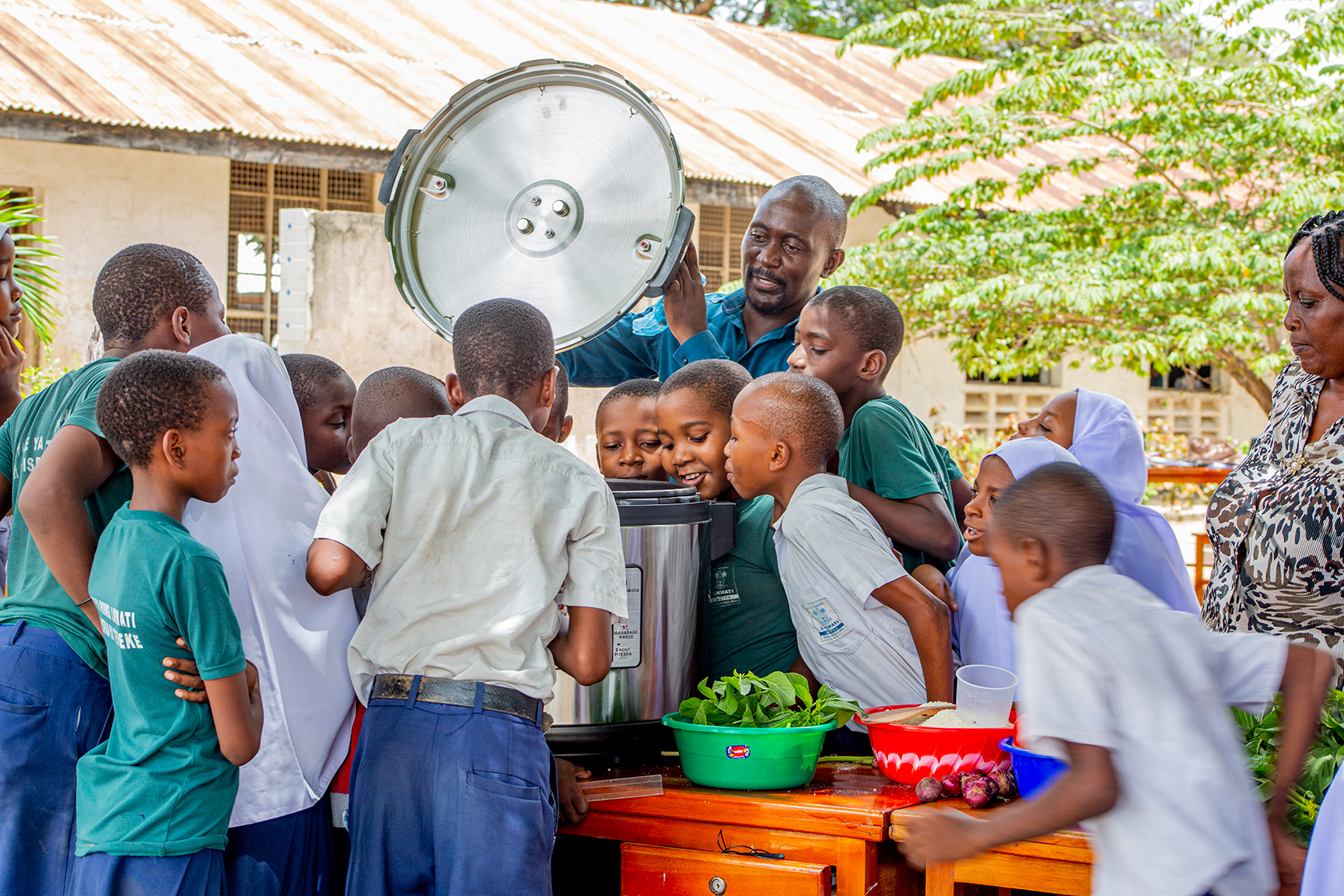A new UNEP policy brief dives into the “how” of climate action, looking at ways to turn commitments into concrete mitigation and adaptation action.
Advancing NDC Implementation: Insights from UNEP’s NDC Action Project showcases real-world strategies, innovative financing, and inclusive governance that are helping countries deliver on their NDCs.
Compiled by UNEP Copenhagen Climate Centre, the policy brief highlights country-specific insights from the International Climate Initiative-funded NDC Action Project, a joint initiative between UNEP and the UNEP Copenhagen Climate Centre that wrapped up in 2025.
Key takeaways:
- Strong governance and multistakeholder collaboration are vital to turning climate pledges into real action.
- Importance of building on existing initiatives, aligned to country NDC priorities and working to bridge the policy and financing gap.
- Innovative finance tools – like blended funds and debt-for-climate swaps – are unlocking investment in climate solutions.
- Country-led projects show what’s possible: Uganda’s inclusive climate finance, Colombia’s institutional reforms, Bangladesh’s resilient housing, and Morocco’s long-term decarbonization strategy.
- As nations prepare their next generation of national climate plans (NDCs 3.0), ambition must go hand-in-hand with practical implementation, finance, technology, and international cooperation.
Lessons and examples from real-world implementation
The brief draws on examples from Bangladesh, Colombia, Morocco, and Uganda to showcase various multistakeholder efforts to create or expand markets and secure investment in priority climate technologies.
The implementation of the NDC Action Project across countries and continents has highlighted the critical role of multistakeholder collaboration, the integration of climate action in development strategies and plans, and robust governance structures to achieve climate goals.
This includes aligning national policies with long-term climate objectives, the necessity of creating attractive climate investment portfolios, and the value of incorporating bottom-up initiatives into national processes.
However, challenges persist, particularly in financing climate adaptation and mitigation efforts and differences in requirements to access funds, coordinating between different levels of government and stakeholders, and overcoming domestic barriers to investment.
Good practice example: The design and mainstreaming of an innovative blended climate fund for Uganda
In Uganda, the NDC Action Project has supported national climate priorities by designing and implementing technology-specific projects to overcome investment barriers. These initiatives aim to deliver mitigation and adaptation solutions aligned with Uganda’s NDCs, including solar-powered irrigation, dryers, electric cooking appliances, and agroforestry. On the adaptation side, innovative insurance products for smallholder banana farmers were developed in collaboration with local partners. Key outcomes of the NDC Action project work in Uganda were captured in this short film, produced by UNEP:
A key achievement is the development of the Innovative Blended Finance Tool (IBFT), created by UNEP and local stakeholders to de-risk financing for enterprises aligned with Uganda’s NDCs. The IBFT combines strategies such as cooperative-based risk diversification, hybrid insurance products, favorable loan terms, and fiscal incentives. It was integrated into Uganda’s draft Climate Finance Strategy in late 2023 as the operational tool for the NDC investment plan.
“The IBFT is an innovative proposal led by our local partners Climate Change Adaptation Innovation (CHAI), with support from UNEP-CCC and UNEP’s technical insights, developed in close consultation with key stakeholders and fully owned by the Government of Uganda to align with the NDC and wider development priorities. It is crucial to close the affordable finance gap for enterprises implementing NDCs, which would otherwise have to face high financing costs because of perceived high financing risks associated with some actions targeted in country NDCs. As such we see this as a good example of development cooperation, bringing together global and local expertise”
– Richard Munang, UNEP’s Climate Change Coordinator for Africa
To accelerate the green energy transition, the project emphasizes building markets for transformative technologies like solar electric cooking, especially in Last Mile communities. Partnerships with private sector actors and financial institutions are essential, as demonstrated by the SOLCO Partnership launched at the Global Refugee Forum and COP28. A systems-based approach, including platforms like the Global Electric Cooking Coalition, is vital to scaling clean cooking solutions across Africa’s NDCs.
Read the latest report on financing for clean cooking here.
Good practice example: Climate-resilient housing in Bangladesh
In Bangladesh’s coastal zones, the NDC Action Project partnered with the Ministry of Environment, Forest and Climate Change and BRAC to pilot climate-resilient housing in Mongla and Moheshkhali – coastal districts in south. These homes are designed to withstand extreme weather, serve as cyclone shelters, and incorporate sustainable features like solar energy, rainwater harvesting, and inclusive design. The initiative demonstrates Bangladesh’s commitment to translating its NDCs into tangible adaptation actions for vulnerable communities.
The project builds on BRAC’s experience in building resilience in Bangladesh with beneficiaries selected with a focus on inclusivity, prioritizing female-headed households and persons with disabilities.
The impact of climate resilient housing, supported by the NDC Action project in Bangladesh were captured in this short film, produced by UNEP:
Stories like that of Prova Mridha, whose elevated home sheltered neighbors during Cyclone Remal, highlight the life-saving impact of these structures and the urgent need for scalable solutions in climate-vulnerable areas.
“To ensure resilience of coastal communities, the project has been built into government-led efforts, including technical advisory committees. The housing model developed through the project has been officially approved by the Government of Bangladesh and is now being considered for replication across coastal regions. This bottom-up approach, linked with national planning, is helping to make climate resilience a regular part of development and supporting Bangladesh’s commitments under its NDC.”
– Mozaharul Alam, UNEP’s Climate Change Coordinator for Asia and the Pacific
Lessons learned and future directions
Looking forward, the UNEP Policy Brief recommends that the next phase of NDC implementation (NDCs 3.0) focus on further strengthening collaborative efforts, enhancing the capacity of local institutions to structure and manage climate data, and ensuring that adaptation and mitigation strategies are financially viable and integrated into national development and investment plans.
It also speaks to the need for expanding the use of innovative financing mechanisms such as blended finance and debt-for-climate swaps and leveraging regional cooperation to amplify impact.
By building on the lessons learned from the NDC Action Project and addressing the identified challenges, countries can more effectively meet their NDC targets and contribute to global climate resilience and sustainability.
